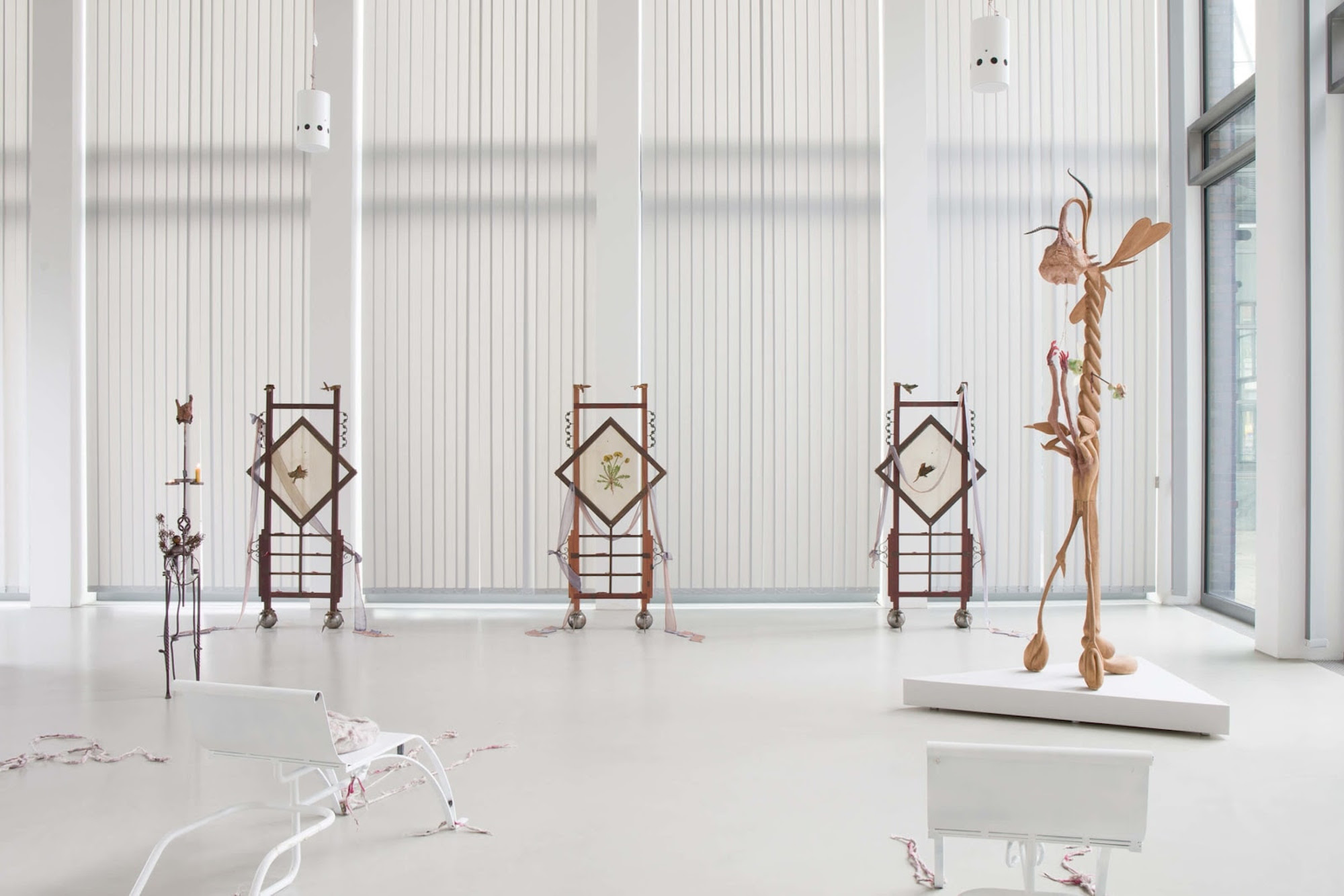Imjingawa
2017 - Film & Video (Film & Video)
24:16 minutes
Hwayeon Nam
Imjingawa is Hwayeon Nam’s first foray into borrowing from the documentary form. The root of the work is a Japanese song with Korean diasporic connotations, which the artist heard inadvertently years ago. While tracking the inception and history of the song, her research explored the song’s potential to live beyond “legal, national, ideological, and geographical barriers.” The song earned its fame when it was introduced to the Japanese band, the Folk Crusaders. The version of Imjingawa sung by the Kyoto-based Folk Crusaders rose to great prominence. However, in 1968, the General Association of Korean residents in Japan submitted a copyright claim to Toshiba Records, claiming that this song was not a Japanese folk song, but a North Korean song composed by Jonghwan Koh with lyrics written by a North Korean poet, Seyoung Park. As a result, the sale of this album was suspended and banned from broadcasts, which ended up drawing more attention and fame as a result. Tracing the time and space where Imjingawa was first sung and disseminated by people who heard it and sung in different ways, Nam discovered the time in which the ‘song’ was commonly shared and inherited. Imjingawa is also linked with the choreographic and performative methodology that the artist has persistently explored through her various works. Dwelling on her comment that “the path of thought is considered a movement,” we are encouraged to study which form the song, that comes from a different time and space, currently takes. Questions are incited by the independent and fragmented objects of the film: What does it mean to know an object? How can we indirectly experience something that ceases to exist? Movement of the artist’s thoughts on the song also carries with it the reality that the song may be sung differently every time.
Hwayeon Nam’s practice employs an artistic language that vigorously investigates the movement and phenomenon of various objects operating in sync with social systems, as well as the structure and nature of time. She unveils a history of human desires as well as collective sensibility, both through the work of tracking discovered archival objects. Her recent work is driven by extensive understanding of choreographic movement, with which her video sequences are finely elaborated. Nam strongly demonstrates her archival epistemology through vigorous exploration of cultural diasporic products such as song and dance; colonial acquisitions and stories of imperialistic treasure collecting; domains of natural science like flora and fauna, astronomy and so on. The subject of her works are mounted with human desires, reproduction of signs, acquisitiveness, and fantasy, fulfilling cultural projections over the long history of human existence. Her works not only pose the fundamental question of how we experience historicized symbols and representation from today’s ubiquitous but uniquely drifting images. Nam has been successful in choreographing and rehearsing time-navigation, through which archives breathe and animate toward the future.
Colors:
Related works sharing similar palette

© » KADIST
Olga Grotova
2022Our Grandmothers’ Gardens by Olga Grotova is based on the history of Soviet allotment gardens, which were small plots of land distributed amongst the families of factory workers to compensate for poor food supply in a country that was over-producing weapons...

© » ARTS EQUATOR
Transgression, triggers, and the thousand cuts of “Blunt Knife” | ArtsEquator Thinking and Talking about Arts and Culture in Southeast Asia Articles Photo courtesy of the artist June 25, 2019 By Corrie Tan (2,700 words, 13 -minute read) Content Warning: Mentions of a sexual relationship involving a teenager This response contains major spoilers for Blunt Knife by Eng Kai Er and A Doll’s House by Theatre of Europe...

© » GAS
Lena Goodison paintings now available – Gina Cross - Curator + Mentor Close Thin Icon Close Thin Icon Your cart Close Alternative Icon Now partnered with Art Money for interest free art collecting Now partnered with Art Money for interest free art collecting News Written by Gina Cross Previous / Next Lena Goodison is a Swedish artist currently based in Nottingham...

© » KADIST
Peter Robinson
2012Defunct Mnemonics (2012) plays off woodworking traditions found in indigenous art in order to create a body of formally minimal objects that are both beautiful in their restraint and profoundly moving in their associations with the totemic...

© » ART PIL
A Pick Gallery | ARTPIL MAIN ARTICLES PROFILES ANNOUNCEMENTS EXHIBITIONS WORKS COLLECTIONS ABOUT MAIN ARTICLES PROFILES ANNOUNCEMENTS EXHIBITIONS WORKS COLLECTIONS ABOUT ARTICLES art photography film + video culture + lifestyle exhibits + events features prescriptions PROFILES artists photographers filmmakers designers/architects fashion organizations/mags museums/galleries Search for: Search Button newsletter | facebook fb | instagram insta • Esmeralda Kosmatopoulos A Pick Gallery Turin Founded in June 2019, A PICK GALLERY is a contemporary art gallery that, as its name suggests, focuses on the research and selection of artists, emerging and established, on the international scene...

© » KADIST
Asli Çavusoglu is in residence at KADIST Paris from February to May 2020 to develop a project based on previous research she conducted on colors, extending her interest for their political histories towards the production of fabrics colored by naturally cultivated and fairly distributed vegetables, fruits and other edible plants...

© » ARTS EQUATOR
How the Singapore literary ecosystem tackles mental health | ArtsEquator Thinking and Talking about Arts and Culture in Southeast Asia ArtsEquator Viewpoints December 27, 2021 By Sarah Tang (1,450 words, 5-minute read) cw: Contains mentions of suicide There appears to be more local books and writing about mental health in the Singapore lit scene in recent years...

© » ART21
Press Release: Art21 to Release New Film: “Sarah Sze: Emotional Time” | Art21 Our Series Art in the Twenty-First Century Extended Play New York Close Up Artist to Artist William Kentridge: Anything Is Possible Specials Art21.live An always-on video channel featuring programming hand selected by Art21 Playlists Curated by Art21 staff, with guest contributions from artists, educators, and more Art21 Library Explore over 700 videos from Art21's television and digital series Latest Video 16:41 Add to watchlist Guerrilla Girls in "Bodies of Knowledge" Art in the Twenty-First Century Season 11 June 23, 2023 Search Searching Art21… Welcome to your watchlist Look for the plus icon next to videos throughout the site to add them here...

© » KADIST
Margo Wolowiec
2015Wolowiec’s textile work Not This Time (2015) translates pixelated images into sensuous fabric and ink based forms that are at once beautiful in their abstraction and anxiety-ridden in their visualization of a malfunctioning digital world...

© » KADIST
Arseny Zhilyaev
2014The Bolotnaya Battle Park Complex is the future home for the Museum of Russian History (M...










